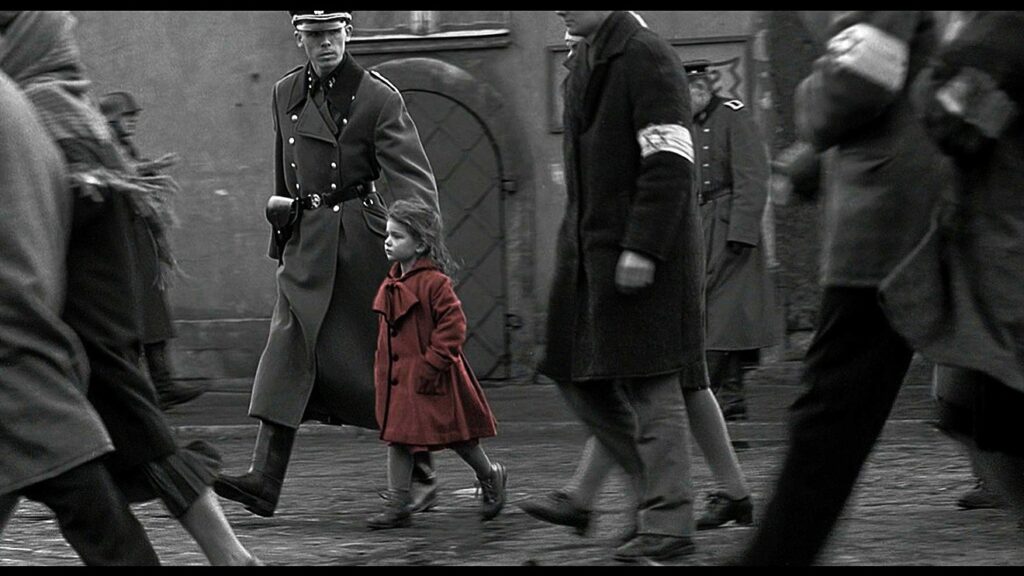The Unseen Brilliance of Whoopi Goldberg in “The Color Purple”
There are performances that, despite their brilliance and emotional depth, do not receive the recognition they rightfully deserve. Whoopi Goldberg’s portrayal of Celie Harris Johnson in Steven Spielberg’s adaptation of Alice Walker’s novel “The Color Purple” stands as a testament to such overlooked artistry. Released in 1985, the film is a poignant exploration of African American women’s lives in the early 20th century South, touching on themes of racism, sexism, and redemption. Goldberg’s role as Celie, a woman enduring unimaginable hardships, is performed with such nuance and depth that it has become a touchstone for discussions on overlooked performances in Oscar history.

Goldberg’s Transformation into Celie
Whoopi Goldberg’s journey into the heart of Celie Harris Johnson was marked by an incredible transformation that brought the character’s pain, resilience, and eventual empowerment to vivid life. Known primarily for her comedic talents at the time, Goldberg’s casting was a revelation, showcasing her remarkable range and depth as an actress. Under Spielberg’s direction, she delivered a performance that was both understated and deeply powerful, capturing the essence of Celie’s spirit with every glance, gesture, and word.
Behind the scenes, Goldberg immersed herself in the role, working closely with Spielberg and the cast to authentically portray the intricate dynamics of Celie’s relationships and the oppressive context of her life. The dedication to her character was evident in the way Goldberg conveyed Celie’s evolution from a subdued, voiceless victim to a woman who finds her voice and strength. This transformation is central to the narrative’s impact, making Celie’s journey a beacon of hope and resilience.
The 1986 Oscars: A Controversial Outcome
The 58th Academy Awards saw Whoopi Goldberg nominated for Best Actress in a Leading Role, a nod to her compelling portrayal of Celie. However, the award went to Geraldine Page for her performance in “The Trip to Bountiful.” While Page’s talent and contribution to cinema are undeniable, the decision sparked discussions on the Oscars’ voting patterns, particularly regarding race, gender, and the types of performances traditionally valued by the Academy.
Critics and audiences alike have argued that Goldberg’s performance, which brought to light the struggles and triumphs of African American women in a manner rarely seen in Hollywood at the time, was groundbreaking. The depth of emotion and the transformative journey she portrayed in “The Color Purple” were seen as deserving of the highest accolades. The outcome of the awards raised questions about the criteria used by the Academy voters, suggesting a possible underappreciation for performances that challenge societal norms and confront uncomfortable truths.
The Impact of “The Color Purple” and Goldberg’s Legacy
Despite the Oscar outcome, “The Color Purple” remains a seminal work in film history, celebrated for its direction, performances, and its unflinching look at difficult subjects. Whoopi Goldberg’s portrayal of Celie has been recognized as a career-defining role that broke barriers and challenged Hollywood to embrace more diverse stories and characters. Her performance continues to inspire actors and audiences, serving as a powerful example of the impact of cinema as a medium for exploring and understanding the human condition.
Goldberg’s career post-“The Color Purple” has been marked by a diverse range of roles that showcase her versatility as an actress. However, her work as Celie remains a standout, a beacon of her ability to embody complex characters with authenticity and emotional depth. The film, and Goldberg’s role within it, have sparked important conversations about representation, the importance of diverse narratives in Hollywood, and the ways in which the industry recognizes and rewards artistic achievements.
Reflecting on Performance and Recognition
In revisiting Whoopi Goldberg’s performance in “The Color Purple,” it becomes evident that the true measure of an artist’s impact often transcends awards and accolades. While the Oscar decision remains a point of contention, Goldberg’s portrayal of Celie has achieved a lasting legacy, touching the hearts and minds of viewers around the world. It stands as a poignant reminder of the power of cinema to give voice to the voiceless, to challenge the status quo, and to celebrate the resilience of the human spirit in the face of adversity.
The discussions surrounding the 1986 Academy Awards and the recognition of performances like Goldberg’s are crucial in understanding the evolving landscape of Hollywood and the entertainment industry at large. As audiences and filmmakers continue to push for greater inclusivity and representation, revisiting and reevaluating past performances becomes an essential part of acknowledging and addressing the biases and barriers that have historically influenced artistic recognition. In this light, Whoopi Goldberg’s work in “The Color Purple” is not just a testament to her extraordinary talent




